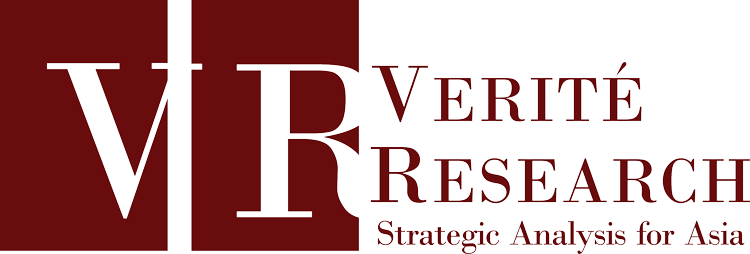| dc.contributor.author | Verité Research | |
| dc.contributor.author | International Labour Organization | |
| dc.date.accessioned | 2024-04-14T15:41:05Z | |
| dc.date.available | 2024-04-14T15:41:05Z | |
| dc.date.issued | 2024-04 | |
| dc.identifier.isbn | 9789220405871 | |
| dc.identifier.uri | https://archive.veriteresearch.org/handle/456/6598 | |
| dc.description | 84p. This report was prepared by the International Labour Organization, Country Office for Sri Lanka, and the Maldives (ILO CO- Colombo) in the framework of Sri Lanka’s Decent Work Country Program 2018-2024. Verite Research (Sri Lanka), guided by Ms Rosalia Vazquez-Alvarez (Econometrician and Wage Specialist) and the ILO wage group in Geneva (ILO-INWORK) and Mr Anoop Satpathy (Wage Specialist, CO-Colombo), provided research services including conducting the stakeholder’s interviews to accomplish Chapter 5 in the report. The research services for this study were provided by the Verite Research team under the supervision of Prof. Dileni Gunawardena and Dr Venya de Silva. The team is especially indebted to the core research team members: Ms Chinthani Sooriyamudali, Mr Ashvin Perera, Ms Portia Kemps, Ms Isurika Perera, Ms Eshana Rajaratnam, Ms Sumini Siyambalapitiya, Mr Savant Gamage, Ms Dilushi Siriwardena, Ms Hashini de Silva, Ms Onellie Perera, Ms Sahithri de Silva, and Mr Anuk Siyambalapitiya for their remarkable support. | en_US |
| dc.description.abstract | This report provides the first in-depth quantitative and qualitative analysis of the gender pay gap in Sri Lanka with the intention to unveil not just the extent of the gender pay gap, but the nature of the gender pay gap in the country. Using labour force surveys from 2013 to 2021, this report examines gender differences on selected labour market outcomes to draw a historical perspective of women and men in the labour market that sets the context for the analysis of what lies behind the gender pay gap in Sri Lanka. Estimates and decomposition of the gender pay gap in the report follow the methodology applied in the Global Wage Report (ILO 2018). These estimates include the estimation of the classic mean and median gender pay gaps across time and between groups of labour market participants; the estimation of the factor-weighted gender pay gap, a method that allows estimating raw gender pay gaps while controlling for composition effects; the decomposition of the gender pay gap at different deciles of the hourly wage distribution to identify the unexplained component behind pay gaps at different deciles; and a review of the policy recommendations in light of the empirical findings. The empirical sections and the policy recommendations are complemented with a qualitative survey that elicits the views of key stakeholder in Sri Lanka to highlight the perceived relevance of the topic among key policy drivers in the country. | en_US |
| dc.language.iso | en | en_US |
| dc.publisher | Colombo: ILO | en_US |
| dc.subject | Gender and Women - Female Labour Force Participation | en_US |
| dc.subject | Gender gap in employment | en_US |
| dc.subject | Labour economics | en_US |
| dc.subject | Economics of gender | en_US |
| dc.subject | Wage differentials - Gender pay gap | en_US |
| dc.subject | Wage structure - Gender pay gap | en_US |
| dc.subject | Labour policy | en_US |
| dc.title | The Gender Pay Gap in Sri Lanka: A Statistical Review with Policy Implications | en_US |
| dc.type | researchreport | en_US |

